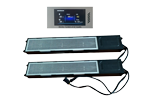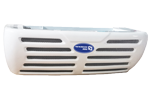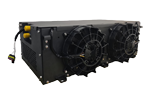The new energy vehicle electronic control system consists of a battery management system and a control system. It manages the battery pack, controls the energy output of the battery, and adjusts the speed of the motor. It is an important intermediate carrier that connects the new energy battery and the motor.
The importance of electric motor control. As a substitute for traditional fuel vehicles, the main electrical system of new energy vehicles is the "three major electric systems" of the electric powertrain system extended on the basis of traditional automotive air conditioning, steering, and braking-battery, motor, and electronic control. . Among them, the motor and electronic control system are used as a substitute for the traditional engine (gearbox) function, and their performance directly determines the main performance indicators of electric vehicles such as climbing, acceleration, and maximum speed.
At the same time, the working conditions faced by the motor and electronic control system of new energy vehicles are relatively complex: they need to be able to start and stop frequently, accelerate and decelerate, high torque is required at low speed/climbing, low torque is required at high speed, and it has a large speed range; hybrid The power car also needs to handle special functions such as motor starting, motor power generation, and braking energy feedback. In addition, the energy consumption of the motor directly determines the cruising range with a fixed battery capacity. Therefore, the electric vehicle drive system has special requirements on load requirements, technical performance and working environment:
First, the drive motor should have a higher energy density to achieve light weight and low cost, and adapt to the limited interior space of the car. At the same time, it should have energy feedback capability to reduce the energy consumption of the whole vehicle;
Second, the drive motor has both high-speed wide speed regulation and low-speed high torque to provide high starting speed, climbing performance and high-speed acceleration performance;
Third, the electronic control system must have high control precision, high dynamic response rate, and provide high safety and reliability at the same time.









.png)






